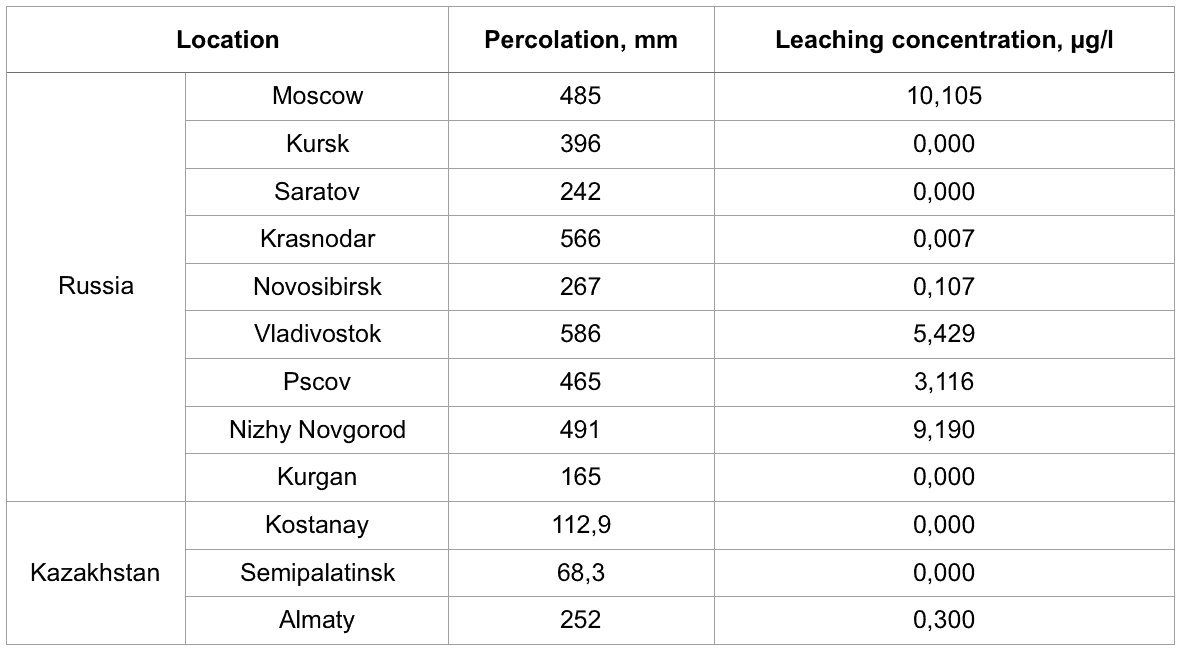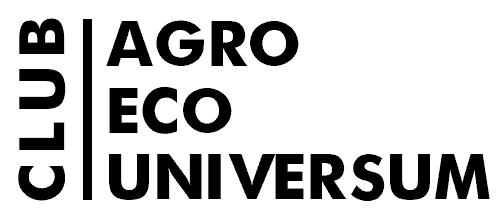Modern methods of maintaining soil quality

Modern methods for assessing and predicting soil pollution by pesticides
Pesticides are chemical substances that are extremely widely used in agriculture to control various plant pests: insects, fungi and bacteria. However, there are no ideal means of protection: with excessive or illiterate use, pesticides pollute powders. Assessment of the plant protection products effect on the composition and activity of the microorganisms in soil is a classical current task. Currently, the assessment of soil pollution by pesticides is being studied using two main methods: laboratory or field experiment and mathematical modelling.
An experiment to assess the effect of three pesticides (metribuzin, imidacloprid and benomyl) on soil microbial compositions and activity was conducted in Moscow region, Russia. Metribuzin is used for weed control, imidacloprid for insect control and benomil for fungi control. We found that the pesticides addition has a short-term impact on the composition and activity of the soil microorganisms.
We found that with the addition of a fungicide, especially in increased concentrations, a massive development of Actinobacteria is observed which suggests significant participation of Actinobacteria in the decomposition of pesticides in the soil. The total amount of other types of microorganisms has not changed.
We can conclude that with the addition of significant doses of pesticides, the diversity of microorganisms decreases, since those that can destroy them are most developed.
Mathematical modelling of soil pollution by pesticides is an excellent tool for predicting and preventing potential threats. PEARL (Pesticide Emission Assessment at Regional and Local scales) mathematical model is the most popular and widely used in the EU and the Russian Federation to predict pesticides behaviour in soils and groundwater. The PEARL model takes into account the most diverse environmental components that are important for predicting soil pollution by pesticides: soil type, climatic characteristics, water balance of the territory, type and amount of pesticide.
We conducted modelling of soil pollution with pesticides for 9 regions of Russia and 3 regions of Kazakhstan, which differ in climatic conditions. The results of the prediction of the maximum-possible values of the average annual percolation and leaching concentrations of test-substance (pesticide) in the 1-meter deep soil run-off.

The most vulnerable to pesticides getting into groundwater regions in Russia are Moscow region, Nizhny Novgorod region, Pscov region and Vladivostok where heavy precipitation along with low average annual temperatures preventing pesticides degradation. These same regions are known to have low content of humus in the soils which doesn’t promote keeping pesticides in their upper layers. In the Kazakhstan Republic the probability of pesticides percolation into ground water is normally lower than in Russia. The only exception is Almaty region, where the stable A substance’s migration is promoted by a lighter texture class of soils, the average annual precipitation and the low organic content.
The studies showed that on the basis of the microbiological composition and activity of the soils, one can very accurately characterize their condition when contaminated with pesticides. And using the methods of mathematical modelling to predict possible changes before applying pesticides and choose the best scenarios for their use.
Full Text:
Astaikina A. A., Kolupaeva V. N., Gorbatov V. S. Development of standard Russian and Kazakhstan scenarios of mathematical models of pesticide behaviour in soils //Soil Science in International Year of Soils. – 2015. – P. 33-36.
